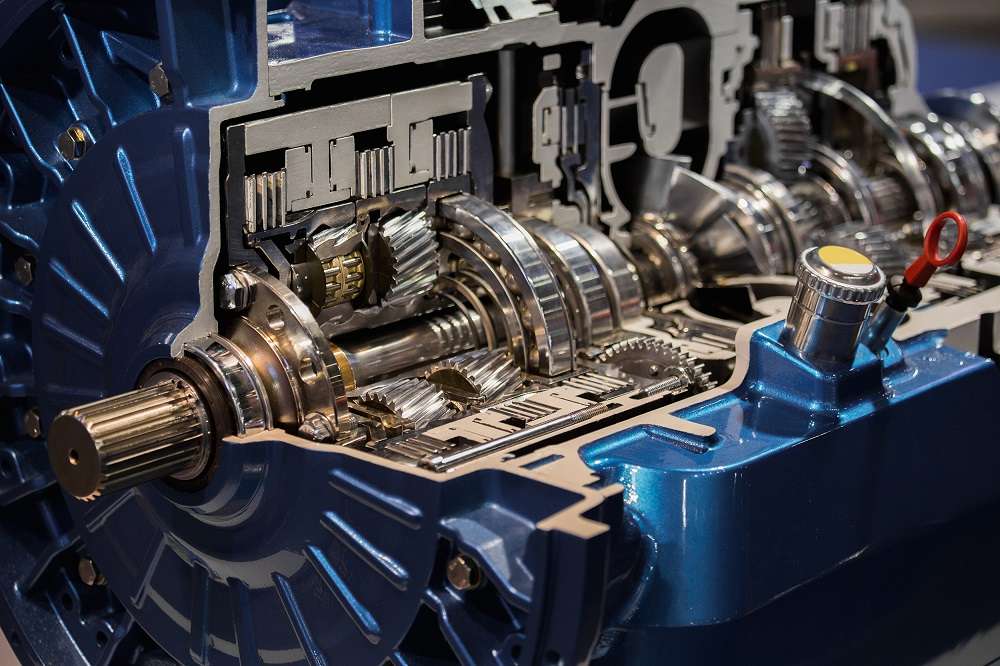In the intricate dance between man and machine, automatic transmissions have become the silent choreographers of seamless drives. Ensuring the longevity and optimal performance of your vehicle’s automatic transmission requires more than just routine maintenance; it demands a dedicated focus on automatic transmission service. In this comprehensive exploration, we delve into the intricacies of automatic transmission service, unraveling the importance of its role in prolonging performance and ensuring smooth drives with every gearshift.

Understanding the Heart of Your Vehicle
The automatic transmission is often considered the heart of a vehicle, responsible for orchestrating the power generated by the engine into controlled movements. Unlike manual transmissions, which require the driver to manually shift gears, automatic transmissions operate seamlessly, allowing for a smoother and more user-friendly driving experience. However, this complexity comes with a set of maintenance requirements that are crucial for preserving the health and longevity of the transmission system.
Automatic Transmission Service: A Preventive Approach
Automatic transmission service is not a reactive measure; it’s a proactive and preventive approach to maintaining the health of your vehicle. Routine service involves inspecting and addressing potential issues before they escalate, ensuring that the transmission operates at peak efficiency. Neglecting this crucial aspect of maintenance can lead to a cascade of problems, ranging from sluggish gear shifts to complete transmission failure.
The Importance of Fluid Maintenance
One of the primary components of automatic transmission service is fluid maintenance. Transmission fluid serves as a lubricant, coolant, and hydraulic fluid within the system. Over time, this fluid can become contaminated with debris, lose its lubricating properties, and compromise the overall performance of the transmission. Regular fluid checks, flushes, and replacements are fundamental to preventing wear and tear, overheating, and costly transmission repairs.
Signs Your Automatic Transmission Needs Attention
Recognizing the signs that your automatic transmission requires service is key to addressing issues before they escalate. Some common indicators include:
- Slipping Gears: If you notice your vehicle unexpectedly slipping out of gear or having difficulty staying in gear, it’s a clear sign that the transmission needs attention.
- Delayed or Rough Shifts: A delay in gear engagement or experiencing jolts and jerks during gear shifts suggests potential transmission issues that require prompt service.
- Unusual Noises: Strange noises, such as whining, grinding, or clunking, can be indicative of transmission problems, and should not be ignored.
- Fluid Leaks: Transmission fluid leaks are a red flag, signaling potential damage or wear in the transmission system. Addressing leaks promptly can prevent further complications.
The Transmission Flush Debate
Transmission flushes, a contentious topic among automotive enthusiasts, involve completely replacing the transmission fluid. Some argue that the process may dislodge debris and cause more harm than good, while others advocate for it as an effective means of thorough fluid replacement. The key lies in understanding your vehicle’s specific needs and consulting with professionals who can provide personalized advice based on the make, model, and usage patterns of your vehicle.
Professional Inspection and Diagnostics
When it comes to automatic transmission service, a professional touch is invaluable. Trained technicians can conduct thorough inspections, diagnose potential issues, and recommend the appropriate course of action. Advanced diagnostic tools allow experts to pinpoint problems accurately, ensuring that the service addresses the root cause rather than just the symptoms.
The Cost of Neglecting Transmission Service
Neglecting automatic transmission services can have severe consequences, both in terms of performance and finances. A complete transmission failure, one of the potential outcomes of poor maintenance, often requires extensive repairs or even a full replacement, resulting in significant expenses. Regular service, on the other hand, is a small investment compared to the cost of major transmission repairs.
DIY Transmission Maintenance Tips
While professional service is essential, there are certain DIY transmission maintenance tips that vehicle owners can incorporate into their routine:
- Check Transmission Fluid Regularly: Familiarize yourself with your vehicle’s transmission fluid dipstick and check the fluid regularly. Low or discolored fluid may indicate a problem.
- Follow Manufacturer Recommendations: Adhere to the manufacturer’s recommended service intervals for fluid changes and overall transmission service.
- Avoid Overloading: Excessive loads can put strain on the transmission. Be mindful of your vehicle’s load capacity and avoid overloading.
- Smooth Driving Habits: Gentle acceleration and braking reduce stress on the transmission. Avoid sudden, aggressive movements that can contribute to wear and tear.
Conclusion
Automatic transmission service is not just about maintaining a vehicle; it’s about ensuring a smooth and reliable driving experience. As the unsung hero behind every effortless gearshift, the automatic transmission deserves meticulous care and attention. Whether you’re a seasoned car enthusiast or a daily commuter, embracing a proactive approach to transmission service is the key to enjoying the full potential of your vehicle for years to come. Prolong performance, prioritize preventive maintenance, and revel in the satisfaction of smooth drives with every gear shift!